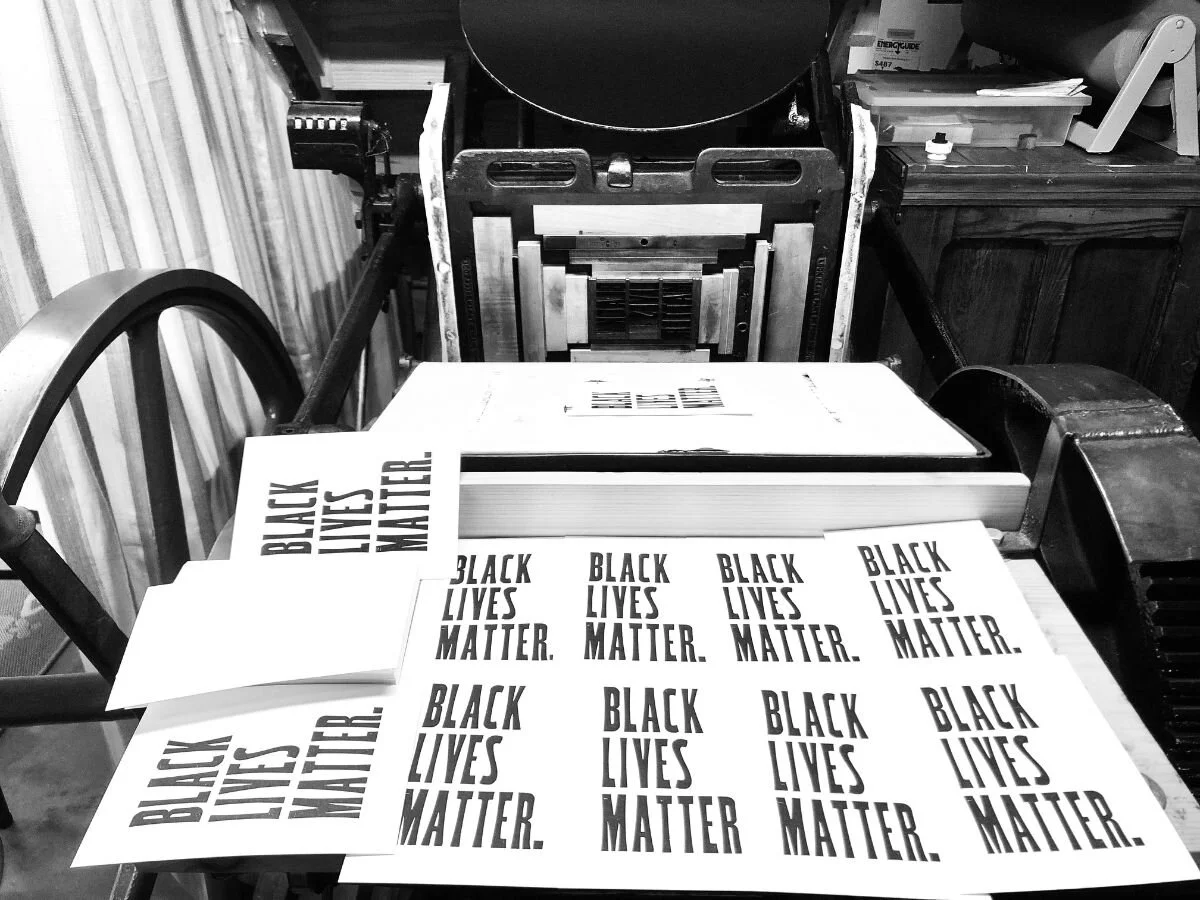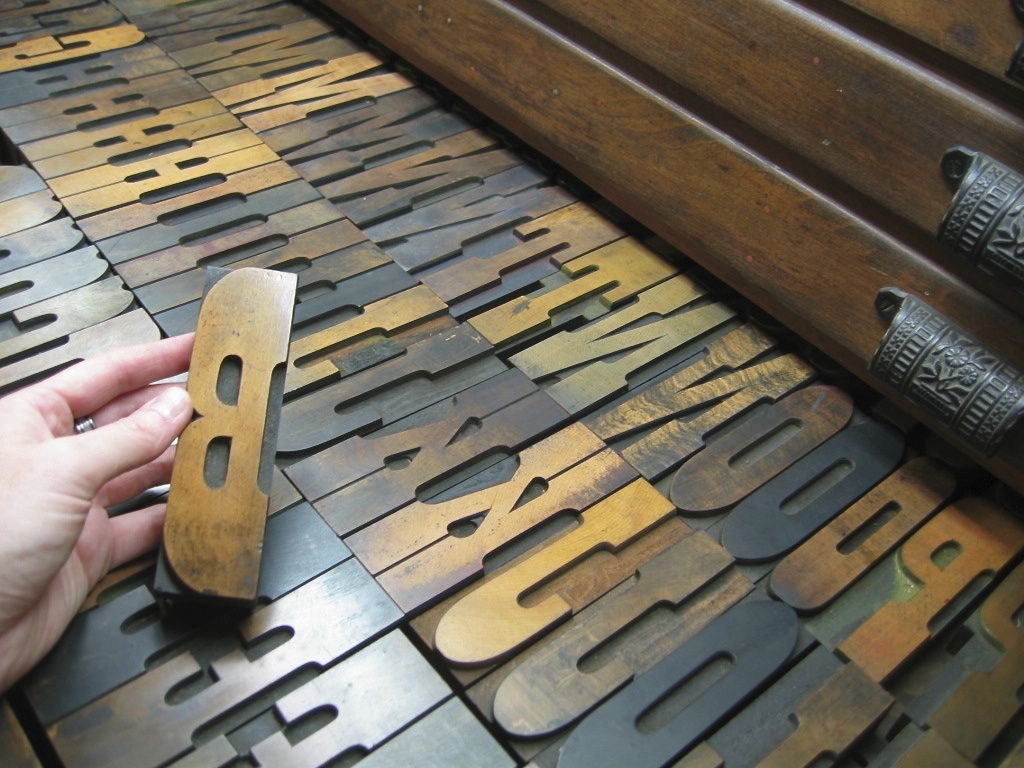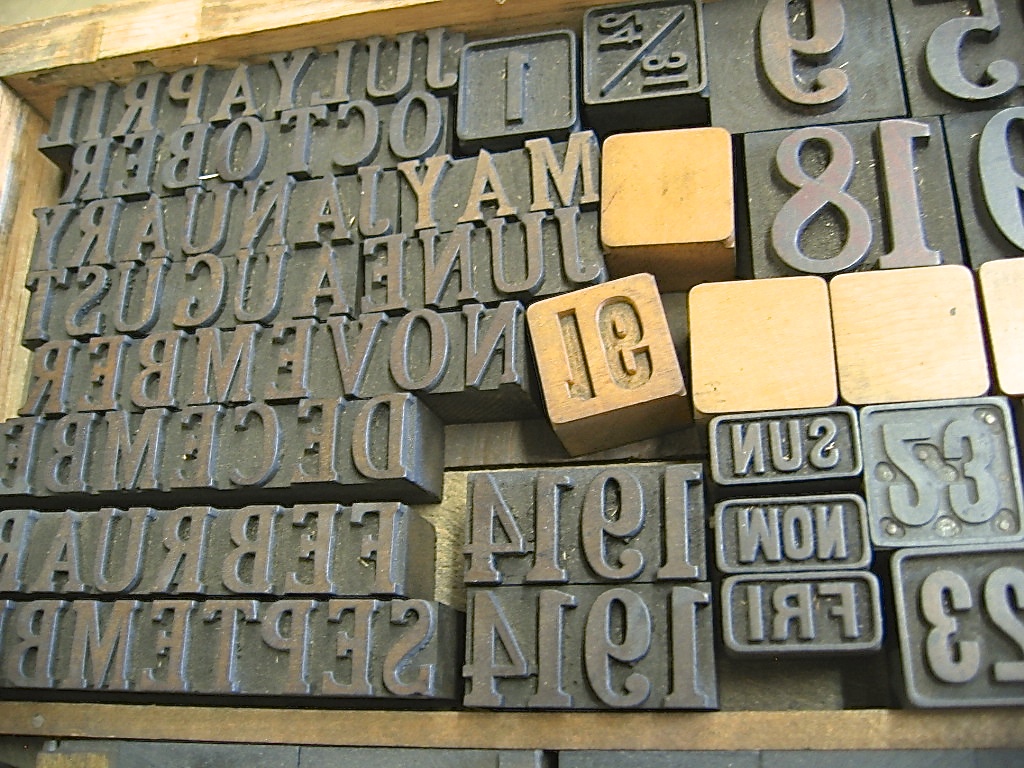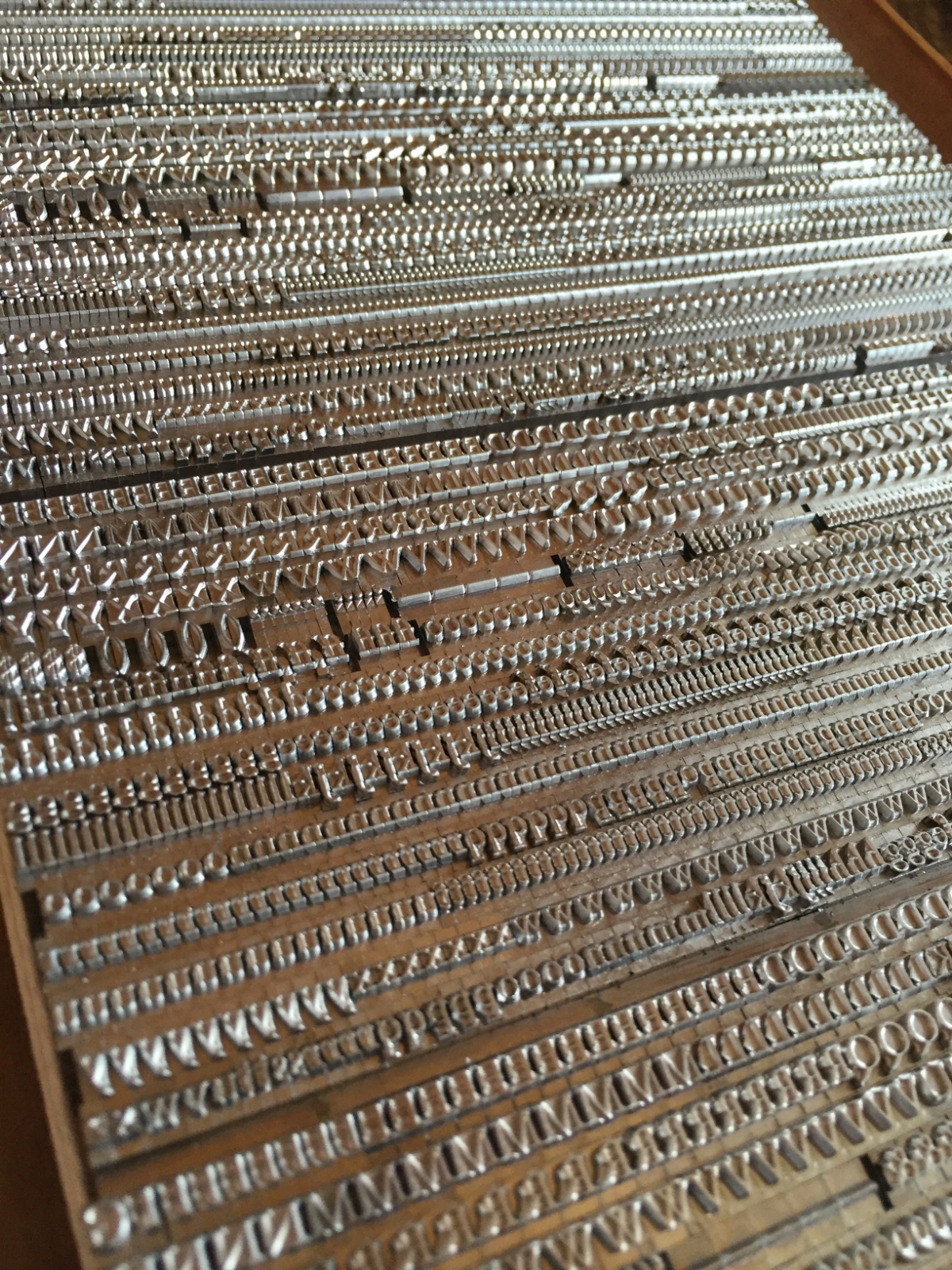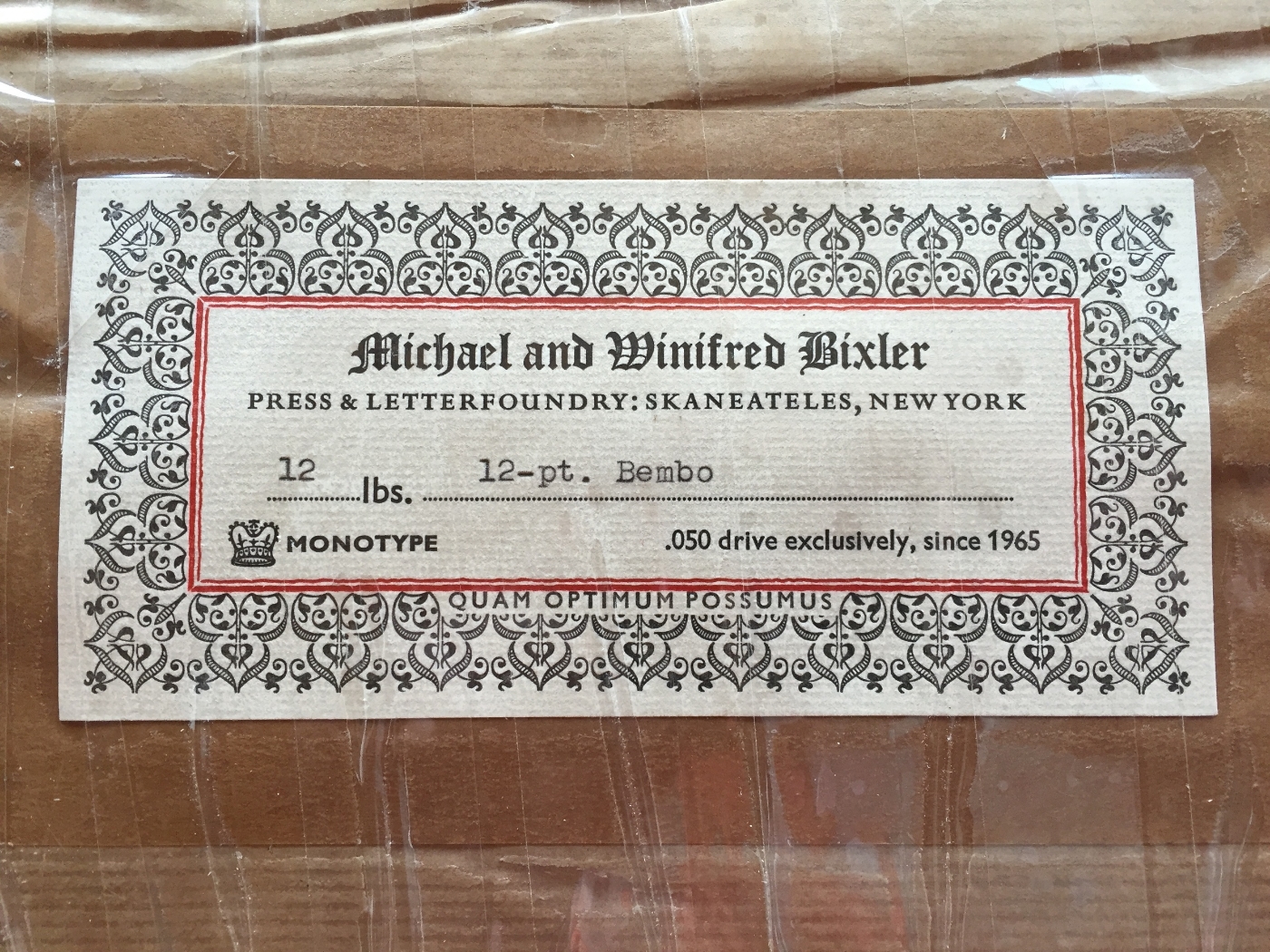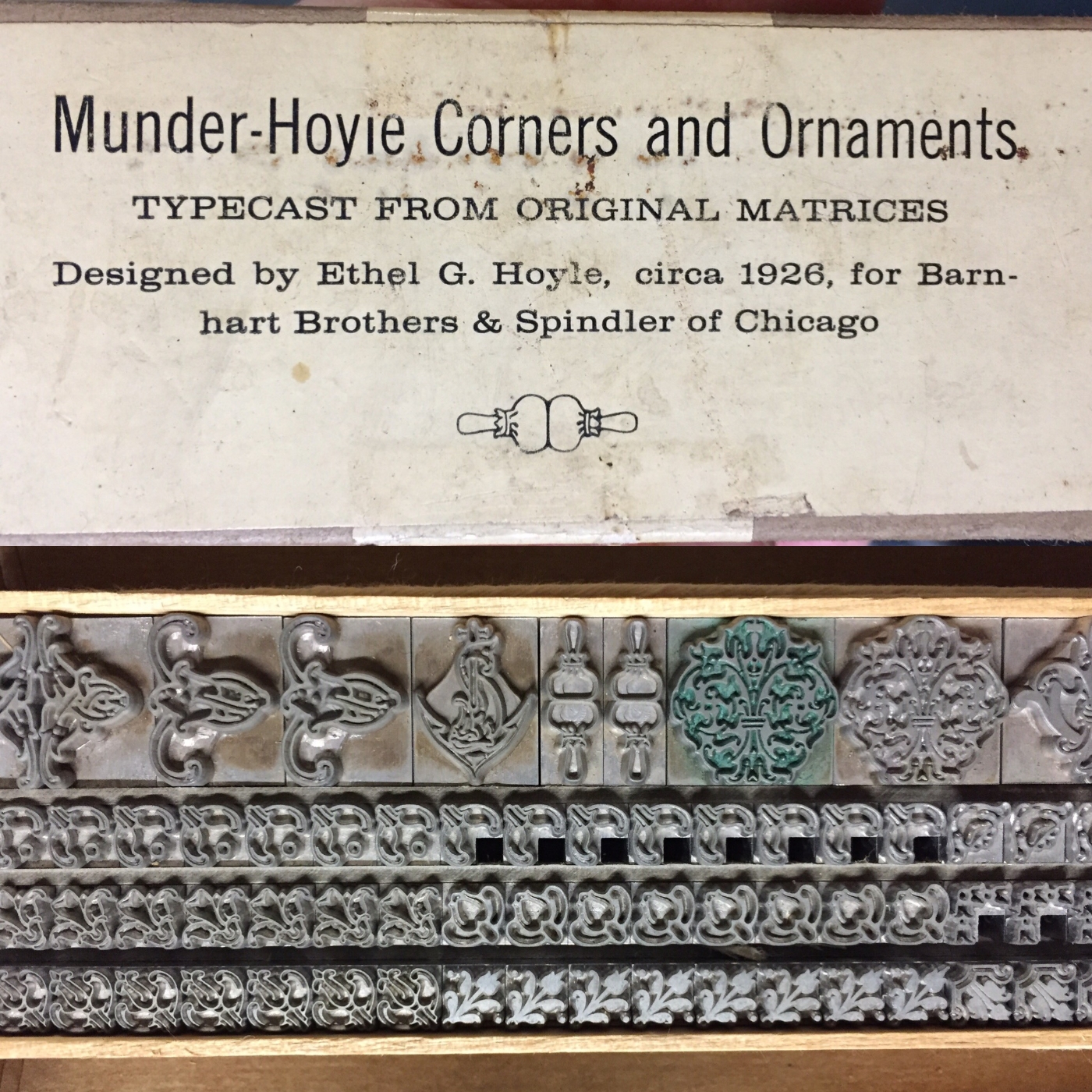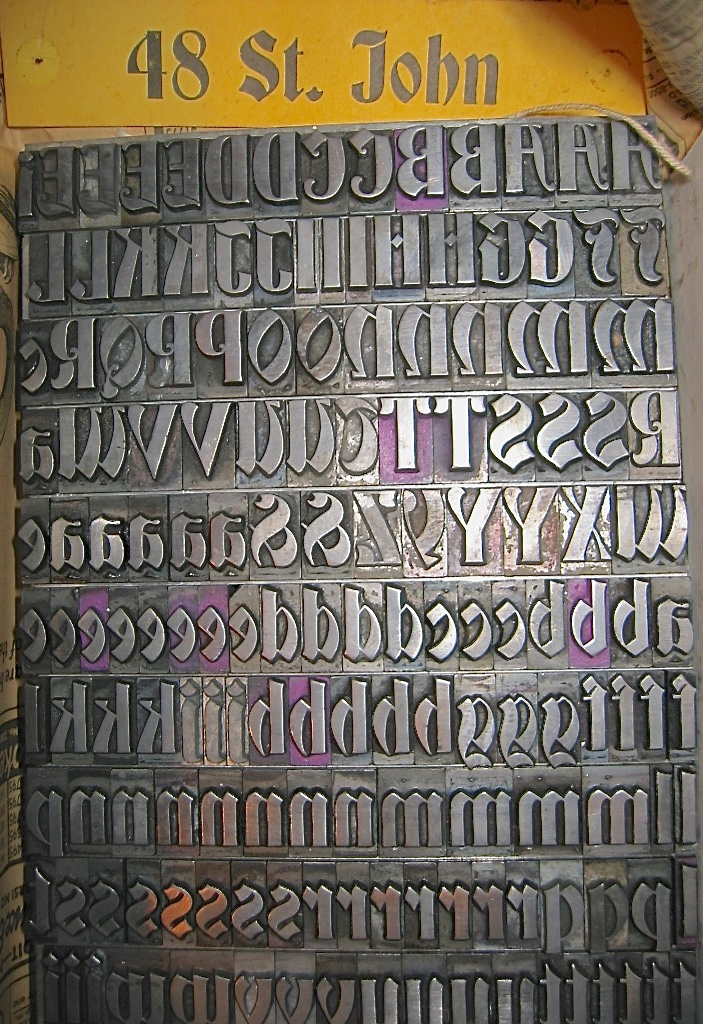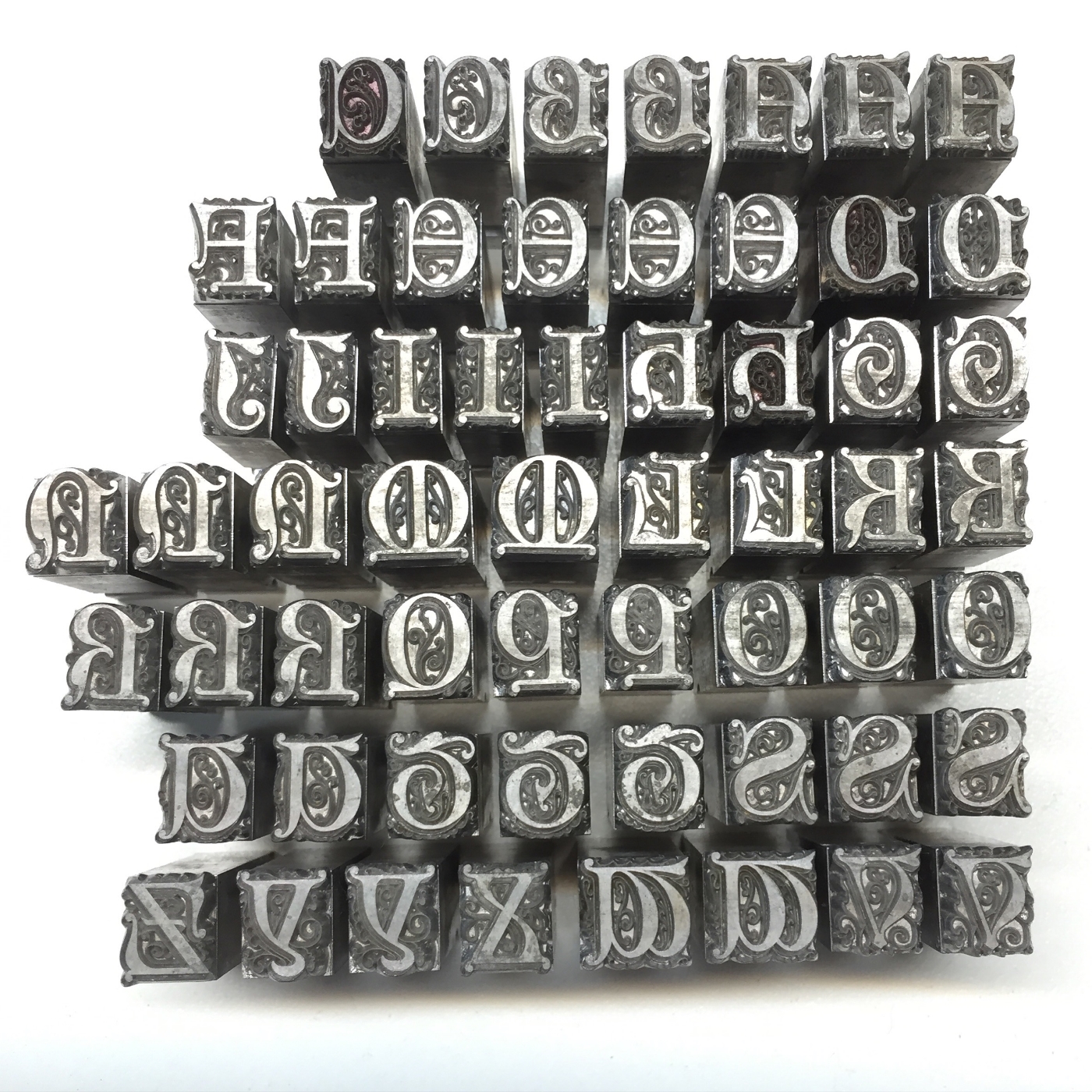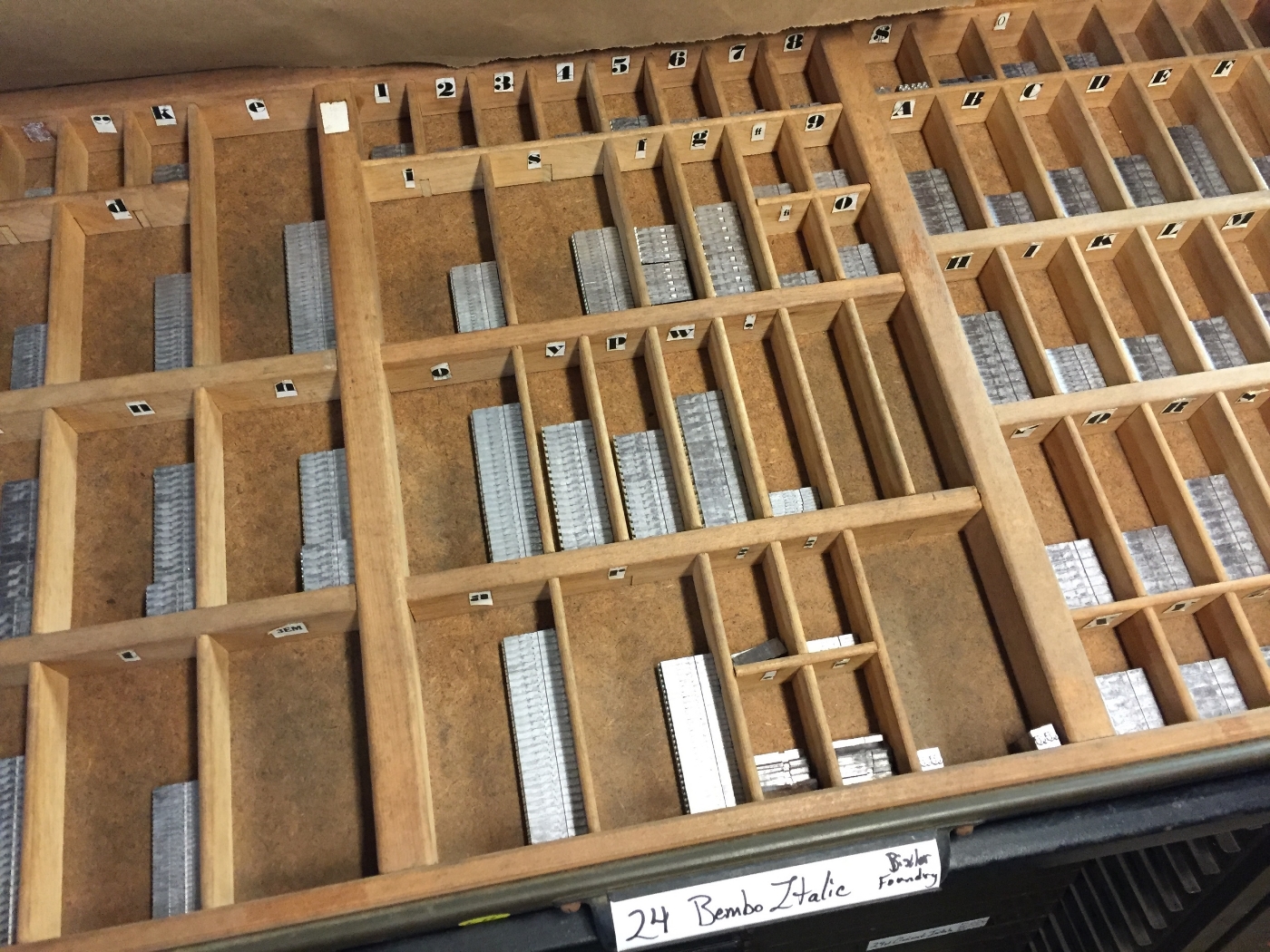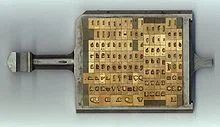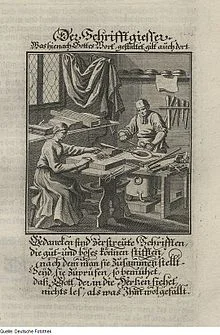Hello, Friends of the Press,
The long, costly fight for justice and equality for all Americans is not over. The recent welling of protests against racism and police brutality, and in support of Black and Brown lives and livelihoods, has been unprecedented in the US and around this globe we all call home. Now is the time to press on further, to lift our voices higher, and lean in to the momentum for change across this land.
As Rev. Dr. William Barber and The Poor People's Campaign say, "We Rise Together!"
In support and in aid of the movement for justice and equality for all and the dismantling of racist policies at every level, I'm pumping out a new series of The People's Postcards. Lending the power of the printing press to empower you ~ to tell your elected officials what you think, how you feel, what you want to see accomplished in the next chapter of this experiment called America.
From small-town mayors to big-city senators, chiefs of police to environmental advisory boards ~ take ten minutes to send a note of thanks or challenge, question or urgent appeal. It matters. This is, you are, democracy in action ~ alive and embodied and an agent for meaningful change in the world.
Building on previous editions of The People's Postcards featuring Hamilton, Adams, and Douglass, ready now is this edition for Black Lives Matter:
Letterpress printed with antique wood type.
USPS postcard size 6" x 4.25"
Pre-stamped / postage-paid.
Packs of 10 ($10) and 25 ($25).
Proceeds donated to The Poor People's Campaign.
“A social movement that only moves people is merely a revolt. A movement that changes both people and institutions is a revolution.”
Let's be the change, friends.
In solidarity,
Emily
Emily Hancock
St Brigid Press
Afton, Virginia

